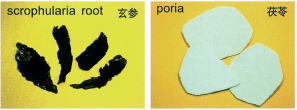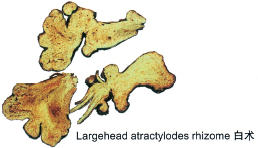The six methods of Chinese medicine authentication are: source authentication  , trait authentication
, trait authentication  , microscopical authentication
, microscopical authentication  , physiochemical authentication
, physiochemical authentication  , organism determination method
, organism determination method  and quality analysis
and quality analysis  .
.
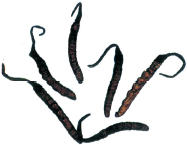
The key to choosing a good herb is the ability to select by inspection. In this book series, the analysis and authentication features of various medicines will be covered. You will learn some simple ways to identify good medicinal materials by:
- Observing the shape: the shape of most medicines is fixed, e.g. the stems of some herbs are cylindrical or square-shaped. At times, you even have to break open seed shells or fruit shells to make observations and discern whether they are of good or poor quality.
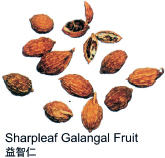
- Observing the size: the size and length of medicinal materials are limited to certain standard variances. If they are oversized, it may be due to mutation which suggests fake products.•Observing the appearance: from the appearance of medicinal materials, one can clearly observe their characteristics such as lustrous and rough textures, folds, skin, fur and scales, etc.
- Observing the colour: a herb should be observed under sunlight to see its true colour. E.g. scrophularia root
 should be black, poria
should be black, poria  should be white.
should be white. - Observing the texture: the medicine’s texture can be soft, hard, tough, sticky, loose, or powdery.
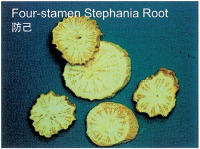
- Observing the cross-section: herbs can usually be snapped or sliced through the centre. E.g. the cross-section of Four-stamen Stephania root
 should show patterns similar to the hub and spokes of a wheel.
should show patterns similar to the hub and spokes of a wheel. - Smelling the scent: some herbs possess a unique scent. One can determine the herb’s quality and authenticity by the scent. E.g. largehead atractylodes rhizome
 should carry a special fragrance.
should carry a special fragrance.
